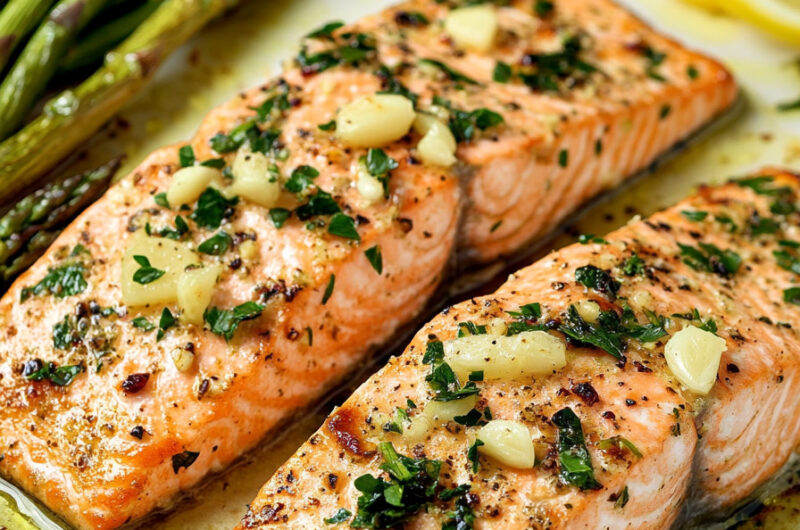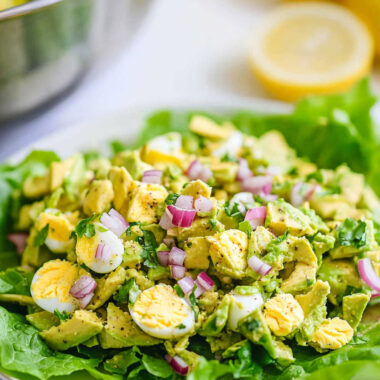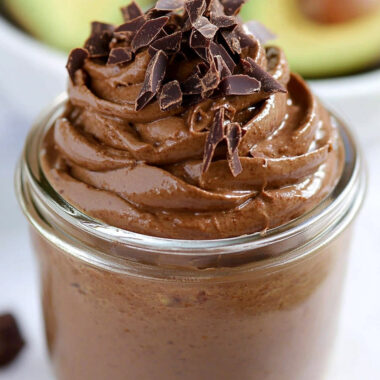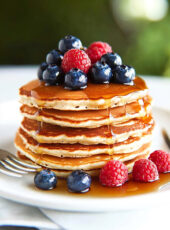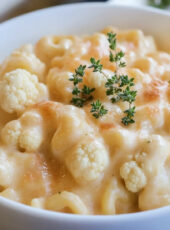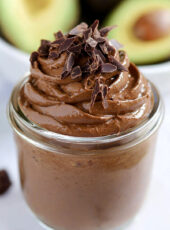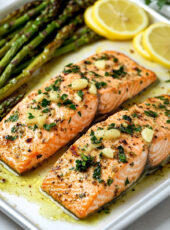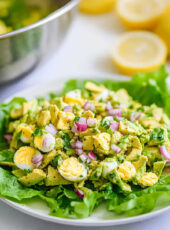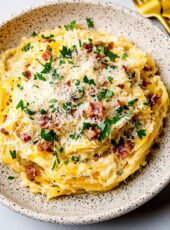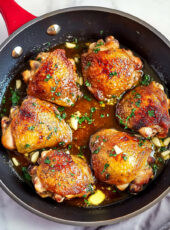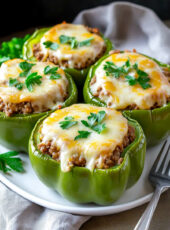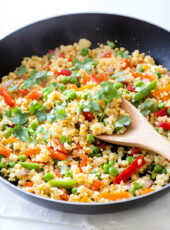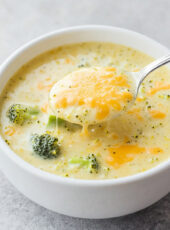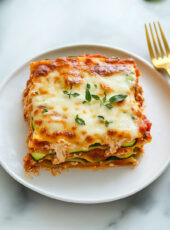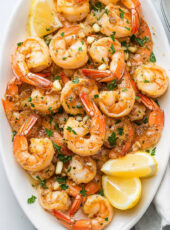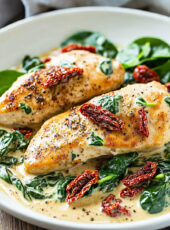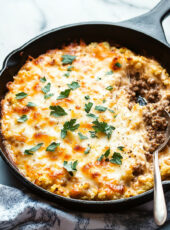Craving a delicious yet healthy dinner option? Look no further than this Low Carb Baked Salmon with Asparagus recipe. This dish is not only easy to prepare but also packed with nutrients, making it a perfect choice for a wholesome meal. With the combination of tender salmon and crisp asparagus, all baked to perfection with a flavorful compound butter, this recipe is sure to become a favorite in your household.
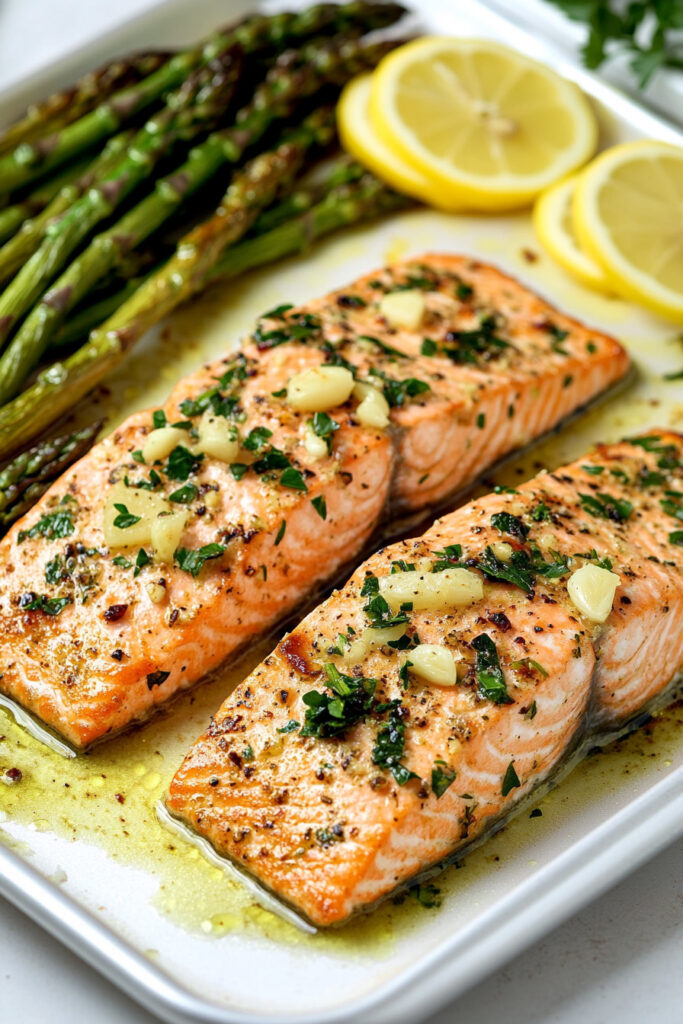
Ingredients List
Main Ingredients
- Salmon: 24 ounces, cut into six 4-ounce pieces
- Asparagus: 2 pounds, fresh and trimmed
- Butter: ½ cup, softened
- Garlic: 3 cloves, minced
- Lemon: Zest of 1 lemon and 1 tablespoon fresh lemon juice
- Parsley: 2 teaspoons, chopped
- Lemon Thyme: 1 teaspoon, chopped
- Smoked Paprika: ¼ teaspoon
- Salt: ½ teaspoon
- Ground Black Pepper: ¼ teaspoon
- Olive Oil: For brushing the pan
Kitchen Tools Needed
- Baking Sheet: For arranging the salmon and asparagus.
- Mixing Bowl: To prepare the compound butter.
- Brush or Spoon: To spread the butter mixture over the salmon and asparagus.
- Instant Read Thermometer: To ensure the salmon is cooked to your preference.
Preparation Steps
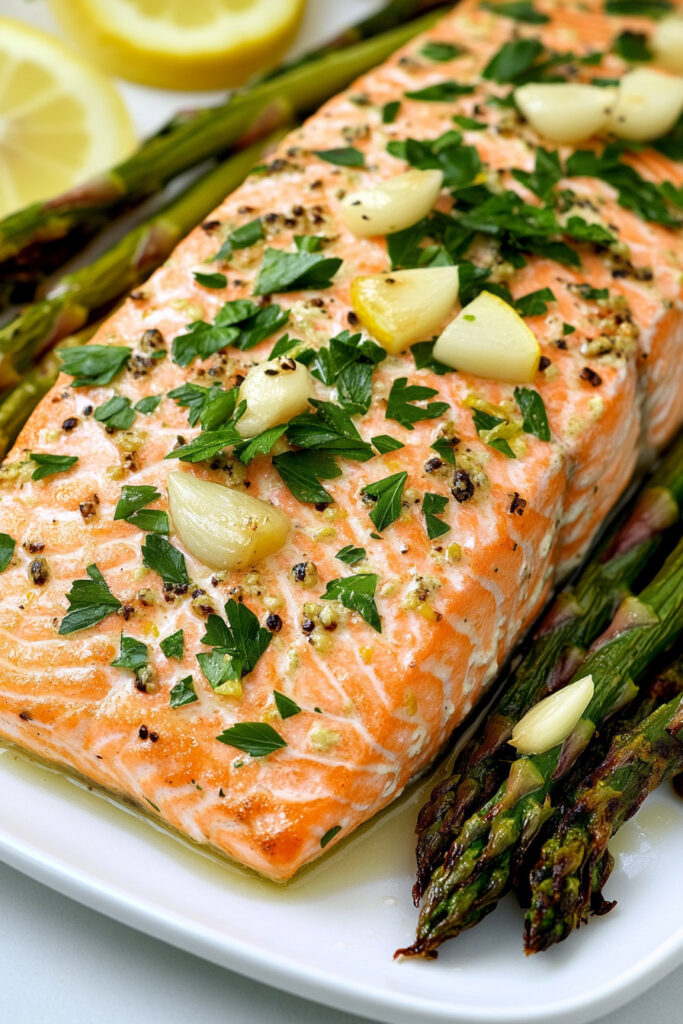
Preparing the Salmon and Asparagus
To start, preheat your oven to 425°F (220°C). This temperature ensures that both the salmon and asparagus cook evenly and develop a delightful texture. Brush your baking sheet with olive oil to prevent sticking and enhance flavor.
Next, arrange the salmon pieces in a row down the center of the baking sheet. Wash, dry, and trim the ends of your asparagus, then divide them into four bunches. Place these bunches above and below the row of salmon on your sheet pan.
Making the Compound Butter
In a small mixing bowl, combine softened butter with minced garlic, lemon zest, lemon juice, parsley, lemon thyme, smoked paprika, salt, and black pepper. Mix until well combined to create a flavorful compound butter.
Spread this compound butter over each piece of salmon generously. Dollop any remaining butter over the asparagus to ensure everything is well-coated with flavor.
Bake in the preheated oven for about 13-15 minutes. The cooking time may vary depending on the thickness of your salmon pieces. Use an instant-read thermometer to check that the internal temperature reaches between 125°F to 145°F based on your preference; while the FDA recommends 145°F for safety, many prefer their salmon at around 125°F for a more tender texture.
Once done, pour any remaining butter sauce over the salmon and asparagus before serving. Garnish with additional parsley and lemon slices for an extra touch of freshness.
Health Benefits of Low Carb Baked Salmon with Asparagus
When it comes to healthy eating, Low Carb Baked Salmon with Asparagus is a powerhouse meal that combines flavor, nutrition, and simplicity. This dish is not only delicious but also packed with essential nutrients that contribute to overall well-being. Let’s dive into the health benefits of its key components—salmon and asparagus—and why this recipe is a fantastic choice for anyone looking for a wholesome, low-carb meal.
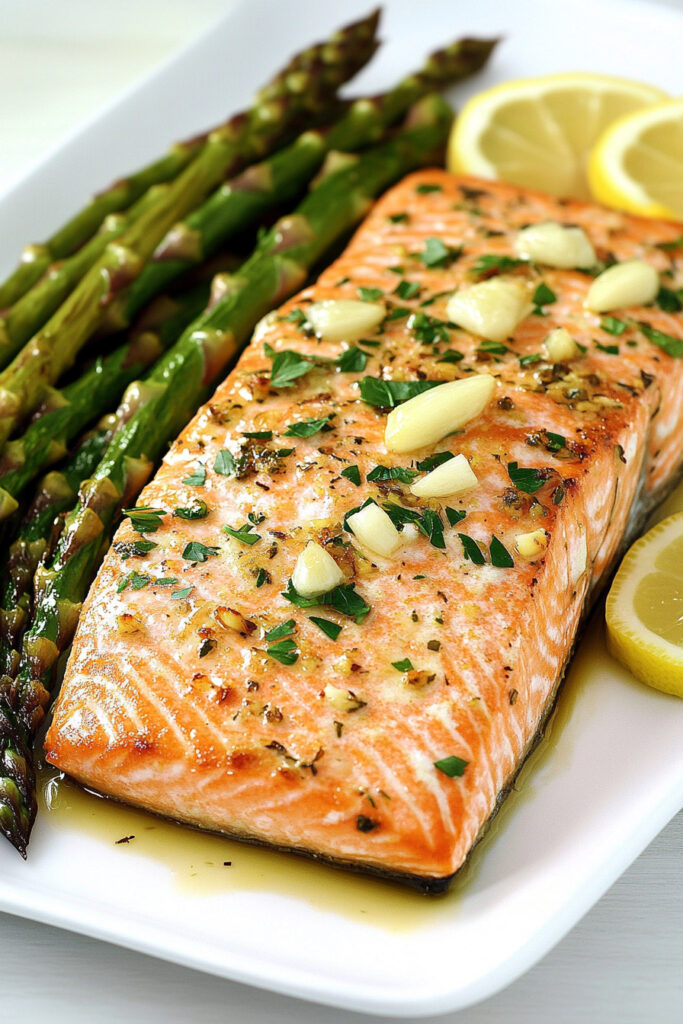
Nutritional Advantages of Salmon
Salmon is widely celebrated for being a rich source of omega-3 fatty acids, which are essential for heart and brain health. These healthy fats help reduce inflammation, lower blood pressure, and support cognitive function. Additionally, salmon is high in protein, making it an excellent option for muscle repair and growth.
- Rich in Vitamin D: Salmon provides a significant amount of vitamin D, which is crucial for bone health and immune system support.
- Packed with B Vitamins: These vitamins play a vital role in energy production and maintaining the health of your skin, hair, and nails.
- Low in Carbs: Perfect for those following keto or low-carb diets.
When paired with asparagus, salmon becomes part of a nutrient-dense meal that supports various dietary goals.
Why Asparagus is a Superfood
Asparagus is not just a side vegetable—it’s a nutritional superstar. This green vegetable is low in calories and carbs while being high in fiber and essential vitamins.
- High in Antioxidants: Asparagus contains vitamins A, C, and E, which help combat oxidative stress and reduce the risk of chronic diseases.
- Rich in Folate: Folate is particularly important for pregnant women as it supports healthy fetal development.
- Supports Digestive Health: The fiber content aids digestion and promotes gut health.
- Low Glycemic Index: Asparagus has minimal impact on blood sugar levels, making it ideal for diabetic-friendly diets.
Together, salmon and asparagus create a balanced meal that is not only satisfying but also incredibly beneficial for your body.
Why Choose Low Carb?
Opting for low-carb meals like this recipe can help with weight management, improve blood sugar control, and increase energy levels. By focusing on nutrient-dense ingredients such as salmon and asparagus, you can enjoy flavorful meals without compromising your dietary goals.
This recipe also aligns with various dietary preferences:
- Keto-friendly
- Gluten-free
- High-protein
- Low-calorie
By combining these two ingredients with a flavorful compound butter made from garlic, lemon zest, parsley, and smoked paprika, you’re not just cooking dinner—you’re creating a culinary experience that’s as nourishing as it is delicious.
Tips for Perfect Low Carb Baked Salmon with Asparagus
Cooking salmon and asparagus to perfection doesn’t have to be complicated. With a few handy tips and tricks, you can elevate this Low Carb Baked Salmon with Asparagus recipe into a restaurant-quality meal right in your own kitchen. Here are some practical pointers to ensure your dish turns out flawless every time.
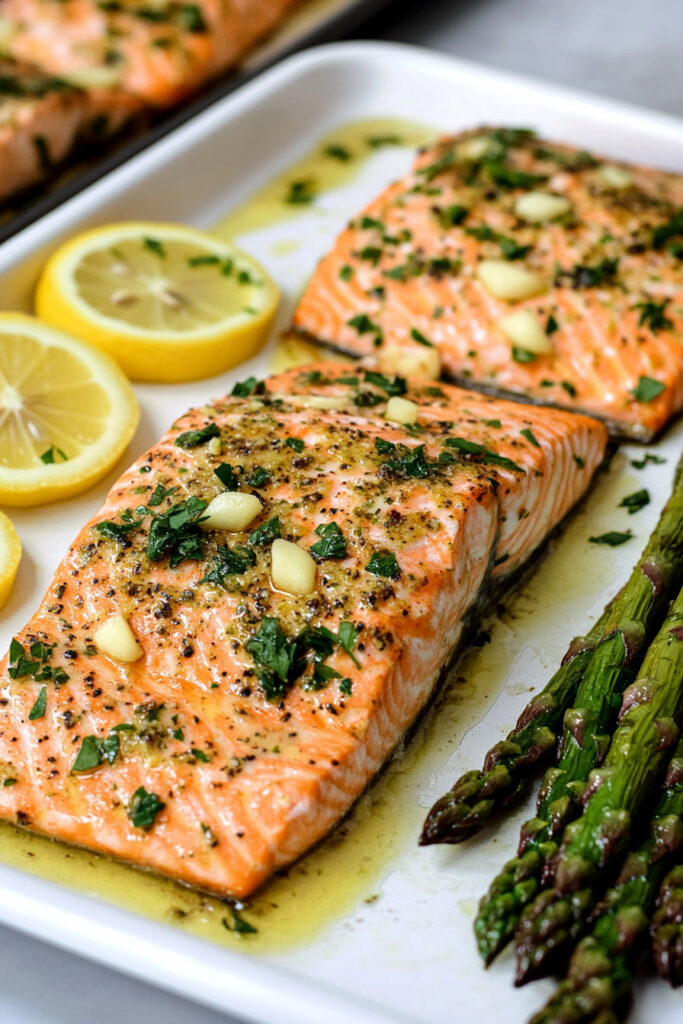
Cooking Tips for Salmon
- Choose Fresh Salmon: Always opt for fresh, high-quality salmon fillets. Look for vibrant, pink flesh with no fishy odor. Wild-caught salmon is often preferred for its superior flavor and nutritional profile.
- Don’t Overcook: The key to tender, flaky salmon is not overcooking it. Use an instant-read thermometer to check the internal temperature. Aim for 125°F for medium-rare or 145°F for fully cooked salmon, depending on your preference.
- Skin On or Off?: Keeping the skin on during baking helps retain moisture and adds flavor. You can easily remove the skin after cooking if desired.
- Let It Rest: Allow the salmon to rest for a couple of minutes after baking. This helps the juices redistribute, ensuring a moist and flavorful bite.
Tips for Preparing Asparagus
- Trim the Ends Properly: The woody ends of asparagus can be tough and chewy. Snap or cut off the bottom inch of each stalk before cooking.
- Even Cooking: Arrange asparagus in a single layer on the baking sheet to ensure even cooking. Overcrowding can lead to unevenly cooked veggies.
- Season Generously: While the compound butter adds flavor, don’t hesitate to sprinkle additional salt or pepper on the asparagus if needed.
- Check Doneness: Asparagus should be tender but still slightly crisp after baking. Avoid overcooking, as it can become mushy.
How to Enhance Flavor
- Add Citrus Zing: Lemon zest and juice are already part of this recipe, but you can serve extra lemon wedges on the side for an added burst of freshness.
- Experiment with Herbs: While parsley and lemon thyme are used here, feel free to experiment with other fresh herbs like dill, chives, or basil.
- Butter Alternatives: If you prefer dairy-free options, try using olive oil or a plant-based butter substitute infused with garlic and herbs.
- Spice It Up: For those who enjoy a bit of heat, add a pinch of red pepper flakes or cayenne pepper to the compound butter.
Serving Suggestions
This dish pairs beautifully with a variety of sides and accompaniments:
- A simple green salad with vinaigrette
- Cauliflower rice or mashed cauliflower for a keto-friendly option
- Roasted cherry tomatoes or bell peppers for added color and flavor
- A glass of crisp white wine like Sauvignon Blanc or Chardonnay
By following these tips and suggestions, you’ll create a meal that’s not only healthy but also bursting with flavor and texture.
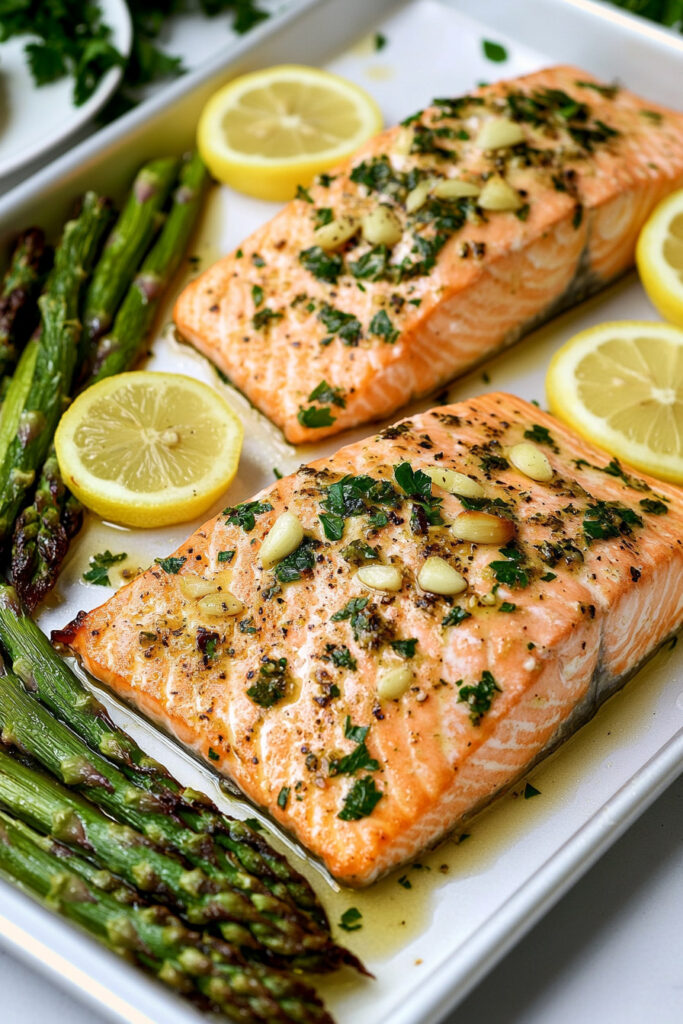
Frequently Asked Questions
1. Can I use frozen salmon for this recipe?
Yes, frozen salmon works well for this recipe. Just make sure to thaw it completely in the refrigerator before cooking. Pat the fillets dry with paper towels to remove excess moisture for even baking.
2. What other vegetables can I use instead of asparagus?
If asparagus isn’t available or you’d like variety, you can substitute it with green beans, zucchini, broccoli, or Brussels sprouts. Adjust the cooking time as needed based on the vegetable’s texture.
3. How do I store leftovers?
Store any leftovers in an airtight container in the refrigerator for up to 3 days. To reheat, place the salmon and asparagus in a preheated oven at 350°F for about 10 minutes or until warmed through. Avoid microwaving, as it may dry out the salmon.
4. Can I make this recipe dairy-free?
Absolutely! Replace the butter with olive oil or a dairy-free butter alternative. The flavor will still be fantastic, and it will cater to those with dietary restrictions.
5. What’s the best way to ensure my salmon is cooked evenly?
To ensure even cooking, select fillets of similar thickness and size. Additionally, let the salmon sit at room temperature for about 15 minutes before baking to avoid uneven heat distribution.
6. Can I add other seasonings or spices?
Yes! This recipe is highly customizable. Feel free to add spices like cumin, coriander, or even a sprinkle of chili powder for a unique twist.
Conclusion
This Low Carb Baked Salmon with Asparagus recipe is more than just a meal—it’s a celebration of fresh ingredients and bold flavors that come together effortlessly. Whether you’re following a low-carb lifestyle or simply looking for a healthy dinner option, this dish checks all the boxes: it’s nutritious, easy to prepare, and absolutely delicious.
The tender salmon pairs beautifully with the crisp asparagus, all enhanced by the zesty compound butter that ties everything together. Plus, with its versatility and adaptability to different dietary needs, this recipe is perfect for any occasion—from weeknight dinners to special gatherings.
So go ahead and give this dish a try! With its simple preparation steps and incredible flavors, it’s sure to become a staple in your kitchen repertoire.
